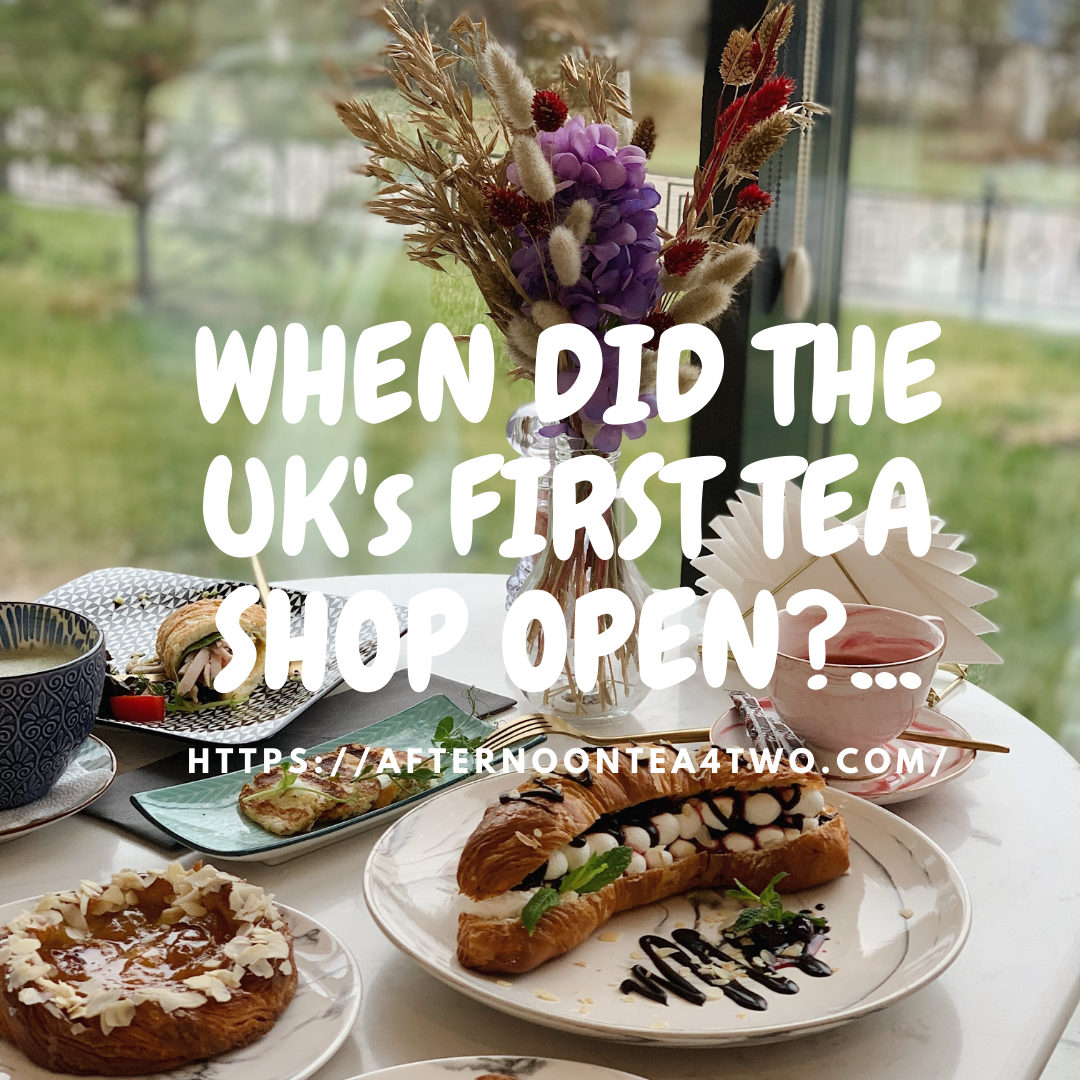The Country’s first tea shop was opened in 1864 by the Manageress of the Aerated Bread Company. The company directors allowed the manageress to serve refreshments to favoured customers. Although Thomas Twining ‘s tea shop has also been claimed as the first, opening in 1706, and still remained at 216 Strand, London. However, 1717 is also given as a date for the first tea shop.
Then, demand for her service grew, which then sparked a new trend for similar shops across the UK. Within two years the Aerated Bread Company had opened 250 of its self-service tea shops.
These also helped to liberate the lives of women, as it was considered ‘perfectly proper’ and acceptable for a woman to meet her friends in a tea shop without needing an escort and without risk to her reputation.
Wikipedia explains how the business was created as an incorporated company listed on the London Stock Exchange (LSE). When the company was floated, its failure was predicted and its initial public offering was poorly supported. However, its initial £1 shares eventually rose to £5 7s8d by 1890. By 1898, shares had more than doubled from their 1890 value and were trading at £12 per share and declaring a dividend of 37½ percent. By 1899, A.B.C. shares had increased a further 16⅔ percent and were trading at £14 per share.
J. Lyons & Co opened their first Lyons tea shop in 1894 at 213 Piccadilly. It was the forerunner of some 250 white and gold fronted tea shops which occupied prominent positions in many of London’s high streets.
As well as the tea shops and Corner Houses, Lyons ran other large restaurants such as the Angel Cafe Restaurant in Islington and the Throgmorton in Throgmorton Street. Its chains have included Steak Houses (1961–1988), Wimpy Bars (1953–1976), Baskin-Robbins (1974-) and Dunkin’ Donuts (1989-). The artist Kay Lipton designed all the windows for the Corner Houses under the jurisdiction of Norman Joseph, the director post-war.
The Spruce Eats writes Tea was first brought to Britain in the early 17th century by the East India Company. It was an expensive product and one only for the rich and often kept under lock and key. Catherine of Braganza, wife of Charles II introduced the ritual of drinking teas to the English Royal Court and the habit adopted by the aristocracy. The British further developed their love of teas during the years of the British Empire in India.






